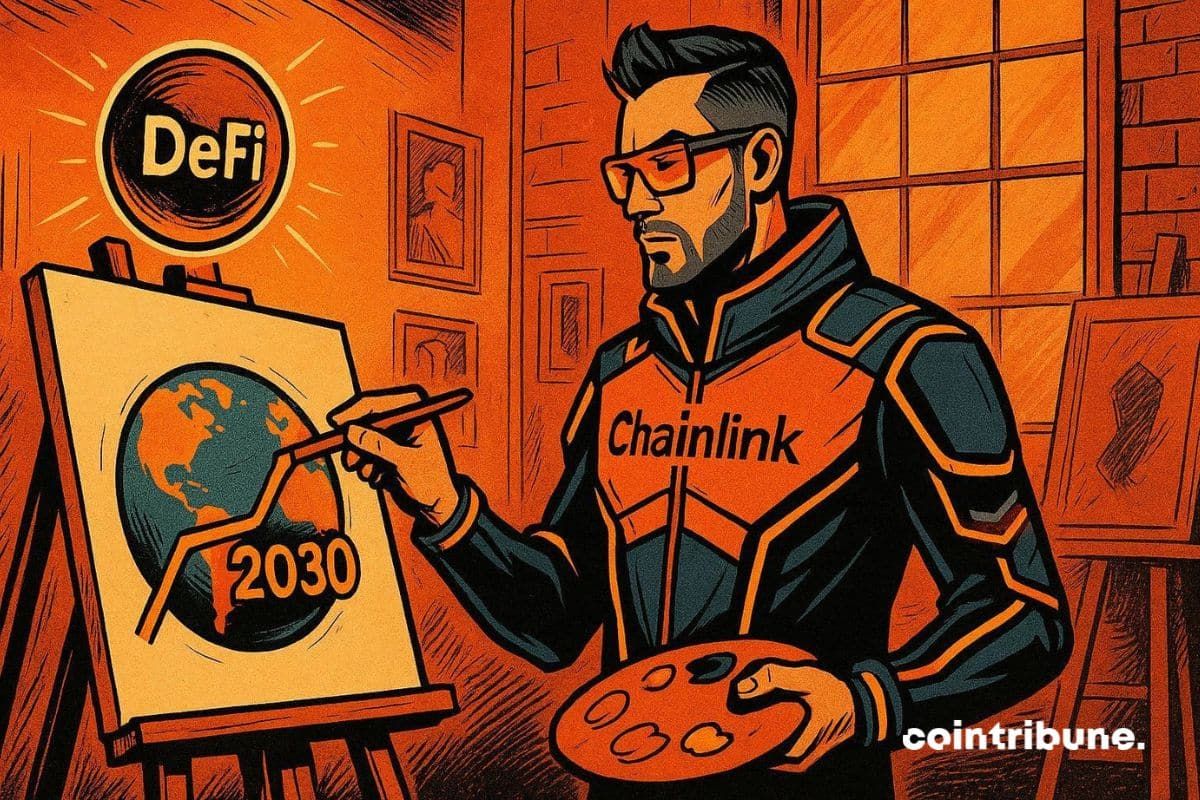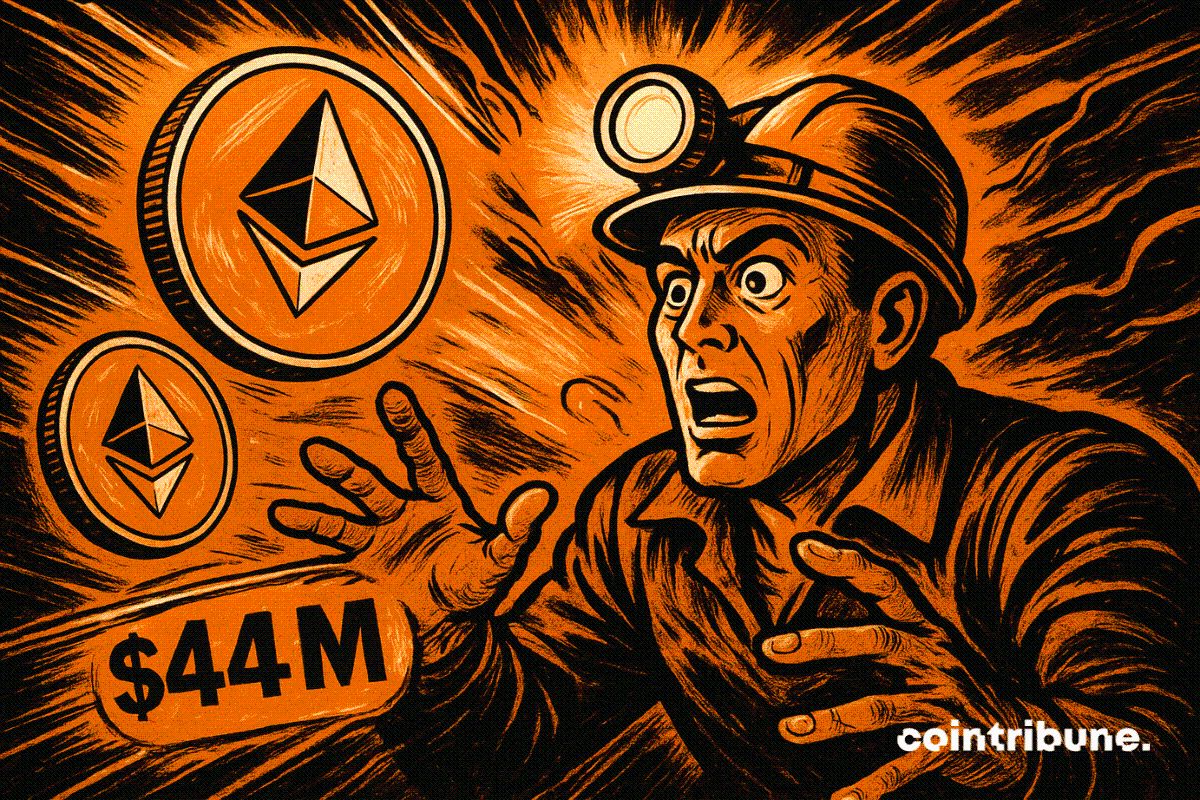MoonBull ($MOBU): Why the Whitelist is a Once-in-a-Year Meme Coin Opportunity
- MoonBull ($MOBU) leverages scarcity and structured incentives via a 5,000–10,000 whitelist to drive FOMO and early adoption in 2025. - The project allocates 30% of tokens to liquidity pools and offers 50% price discounts, creating compounding yields for early stakers. - Unlike traditional meme coins, MoonBull combines Ethereum-based security with governance mechanisms to retain liquidity and long-term value. - Whitelist slots near capacity within 24 hours, with public buyers facing higher entry costs as
In the volatile world of meme coins, scarcity and structured incentives often dictate success. MoonBull ($MOBU) has emerged as a standout project in 2025 by combining these elements into a whitelist program that leverages market psychology and early access advantages. With only 5,000–10,000 whitelist slots available on a first-come, first-served basis, the project has created artificial scarcity, driving urgency among investors [1]. This exclusivity is not just a marketing tactic—it’s a strategic mechanism to align early adopters with long-term value creation.
The Psychology of Scarcity in Meme Coins
Meme coins thrive on FOMO (fear of missing out), and MoonBull’s whitelist amplifies this effect. By limiting access to early-stage pricing discounts of up to 50% and bonus token allocations of 15%, the project incentivizes high-conviction participation [3]. Historical data from similar projects shows that limited-time access to discounted tokens can drive exponential demand, as seen in the 300% surge in whitelist registrations within a month [3]. This psychological leverage ensures that early participants are not just speculators but committed stakeholders.
Structured Incentives vs. Unstructured Volatility
Unlike traditional meme coins like Dogecoin or Shiba Inu , which rely on unstructured community hype, MoonBull’s tokenomics prioritize liquidity retention and governance. A staggering 30% of tokens are allocated to liquidity pools, while 20% are reserved for staking rewards [3]. These mechanisms create a flywheel effect: early stakers earn compounding yields of 66%–80% APY, locking in long-term value [3]. This contrasts sharply with the dumping cycles seen in other meme coins, where liquidity is often eroded by short-term speculation [4].
Urgency and the Whitelist’s Exclusivity
The whitelist’s limited capacity—nearly maxed out within 24 hours of launch [4]—creates a self-fulfilling prophecy of demand. Once the 5,000–10,000 slots are filled, public buyers face significantly higher entry costs, as token prices increase in subsequent stages. This tiered pricing model rewards early adopters while mitigating the risk of oversupply. For investors, securing a whitelist spot is akin to purchasing a discounted ticket to a high-growth asset, with the added benefit of private roadmap updates and governance insights [1].
Why This is a Once-in-a-Year Opportunity
MoonBull’s Ethereum-based infrastructure and hybrid model—blending meme-driven virality with DeFi-grade security—position it as a rare asset in 2025’s crypto landscape [2]. The project’s success hinges on its ability to balance speculative momentum with institutional credibility, a feat few meme coins achieve. With the whitelist nearing capacity and public stages looming, the window for securing discounted access is rapidly closing [5].
For investors seeking to capitalize on the next big meme coin, MoonBull’s whitelist represents a calculated opportunity. By leveraging scarcity, structured incentives, and Ethereum’s robust ecosystem, the project has redefined what it means to be a “meme coin” in 2025.
**Source:[3] MoonBull ($MOBU): The Structured Meme Coin Set to Outperform Gigachad and Shiba Inu in 2025, [https://www.bitget.com/news/detail/12560604938422]
Disclaimer: The content of this article solely reflects the author's opinion and does not represent the platform in any capacity. This article is not intended to serve as a reference for making investment decisions.
You may also like
Donating 256 ETH, Vitalik Bets on Private Communication: Why Session and SimpleX?
What differentiates these privacy-focused chat tools, and what technological direction is Vitalik betting on this time?

Ethereum Raises Its Gas Limit to 60M for the First Time in 4 Years

DeFi: Chainlink paves the way for full adoption by 2030

BitMine Extends Ethereum Buying Spree With Reported $44M ETH Acquisition
